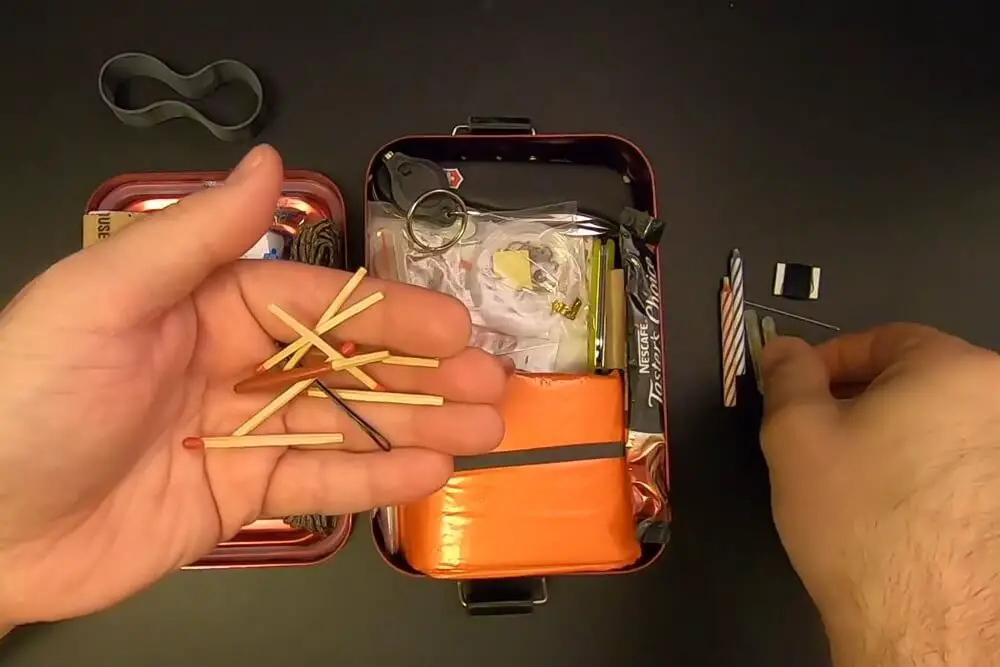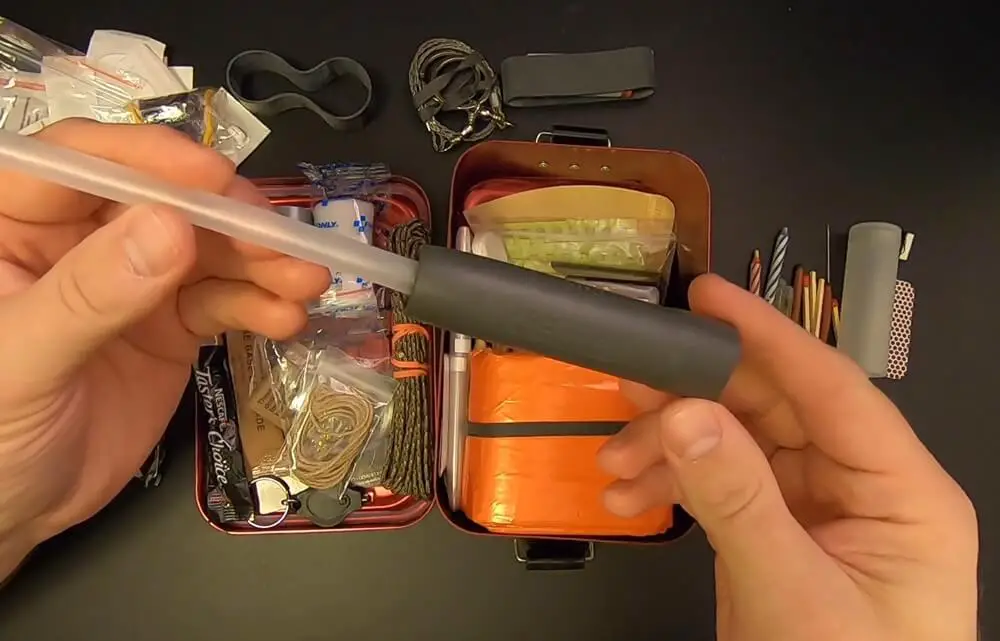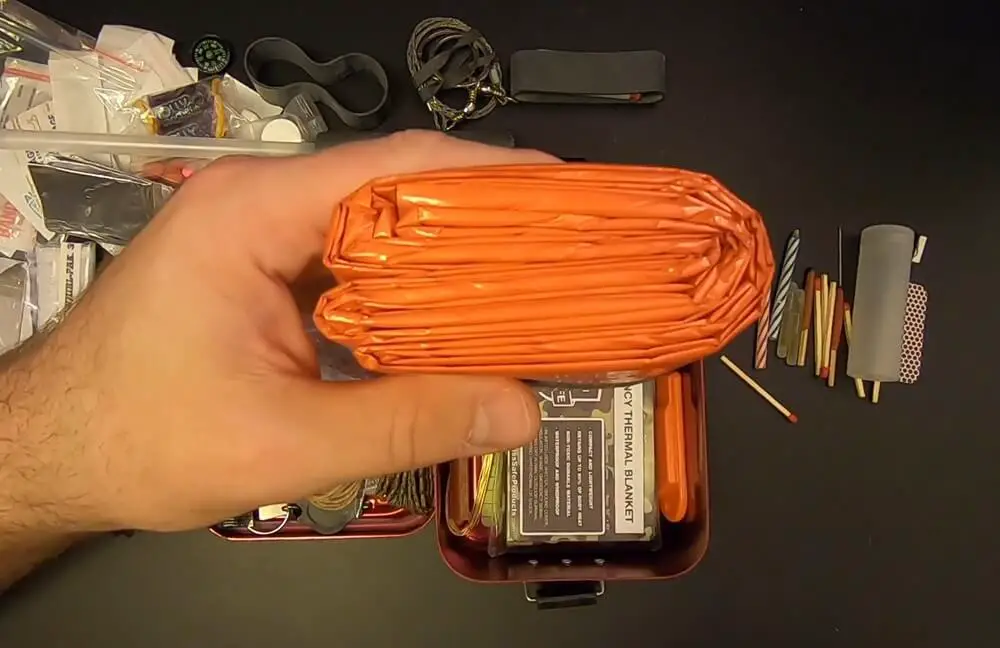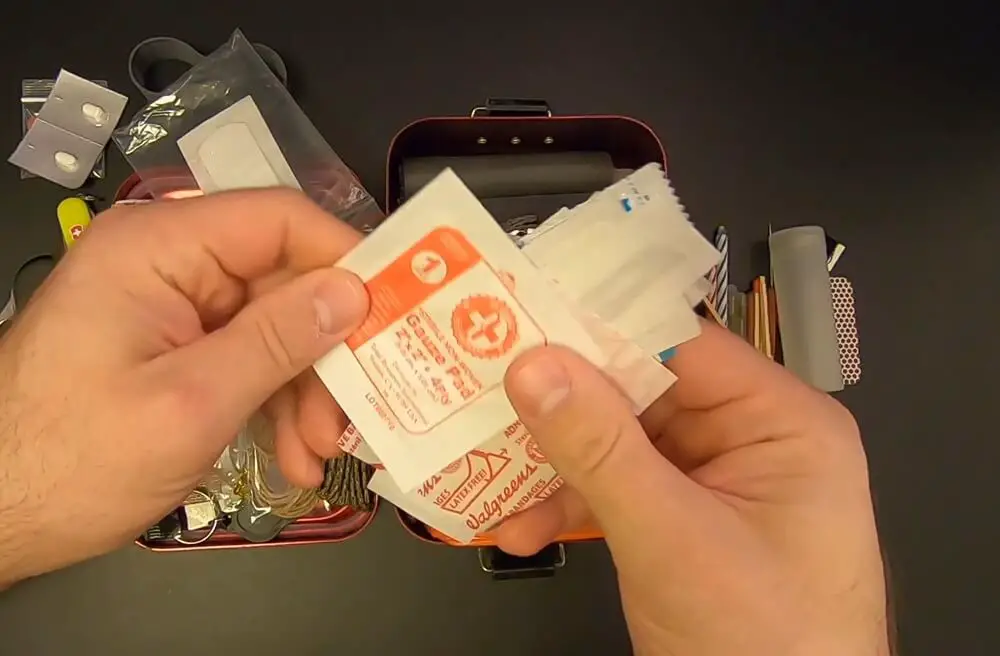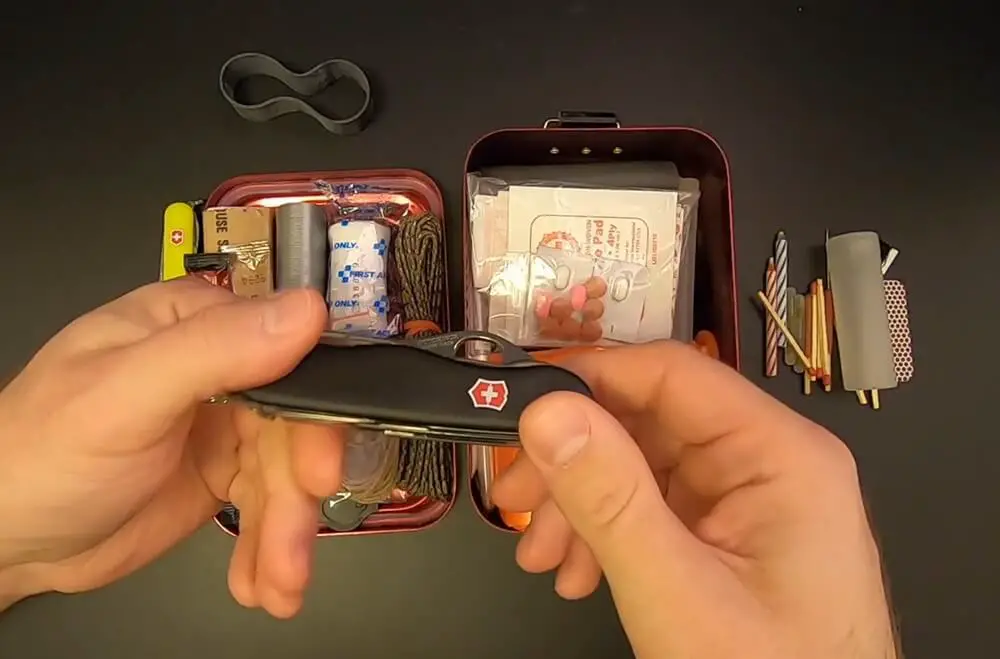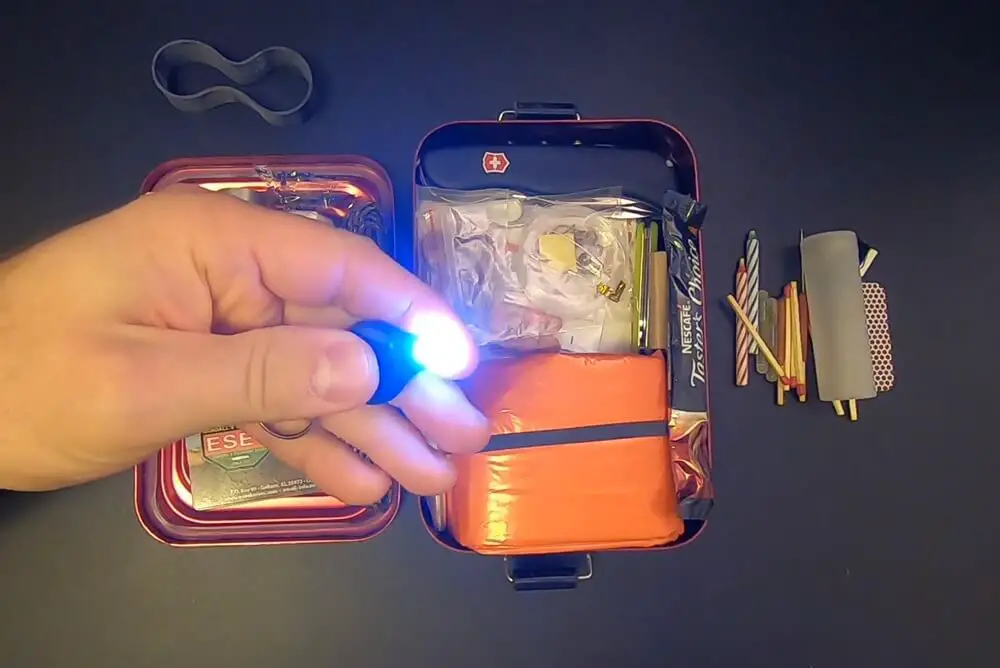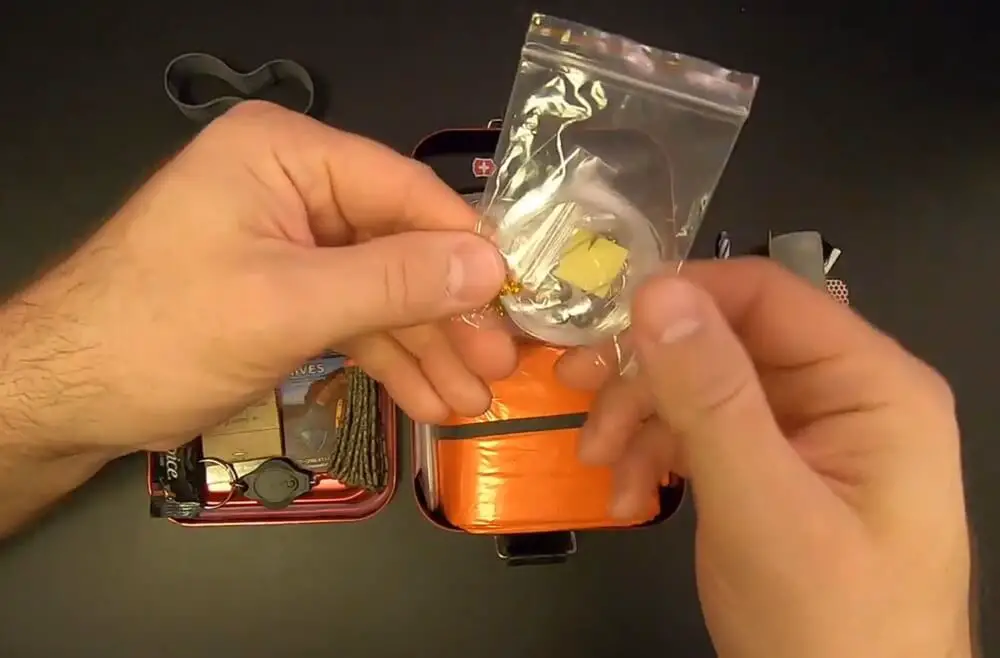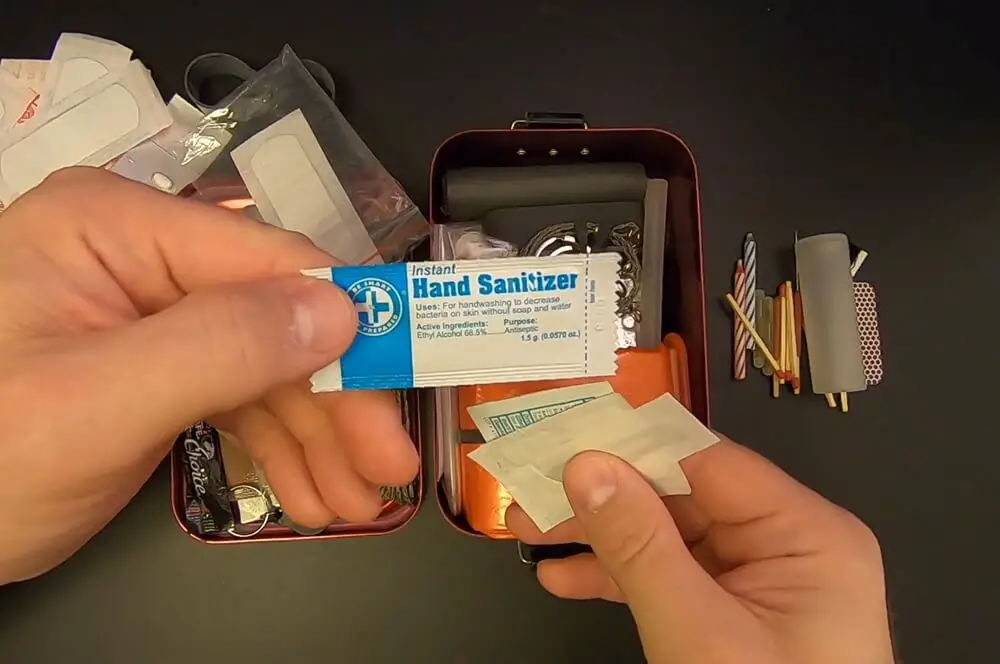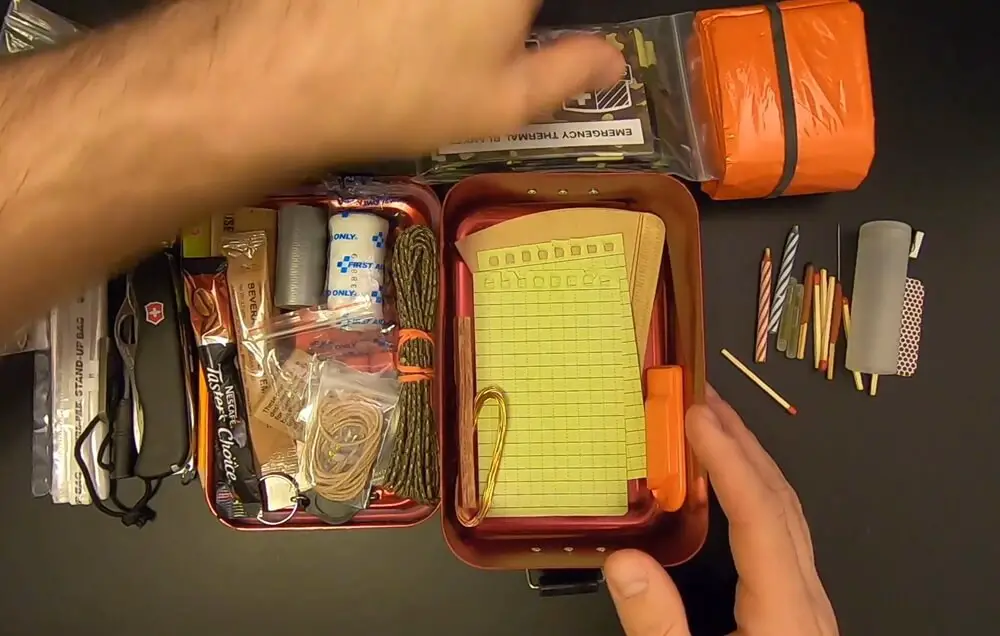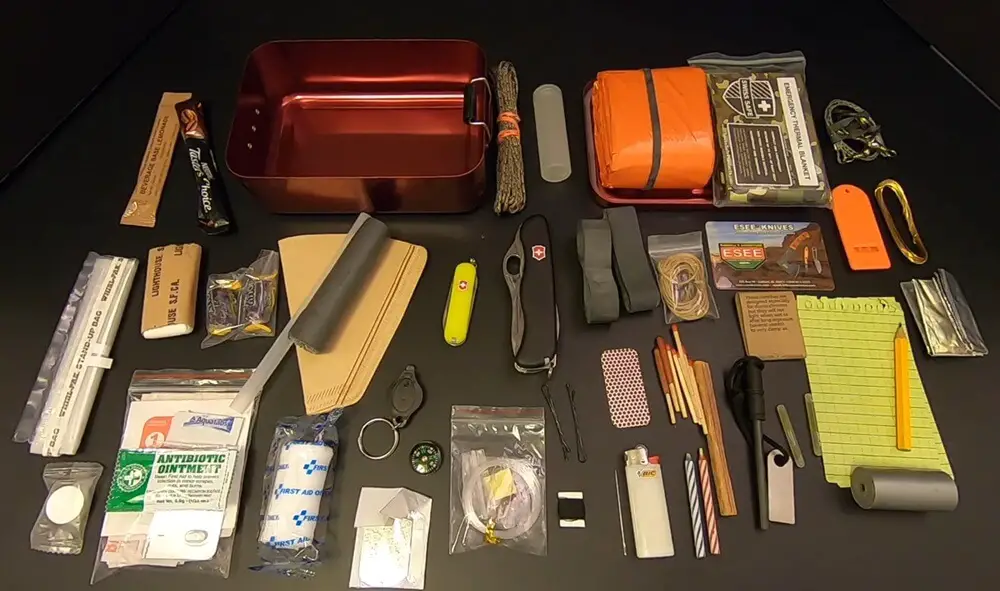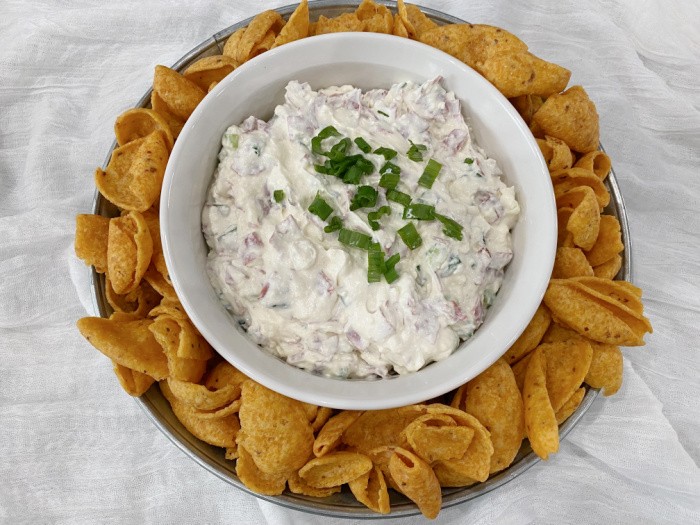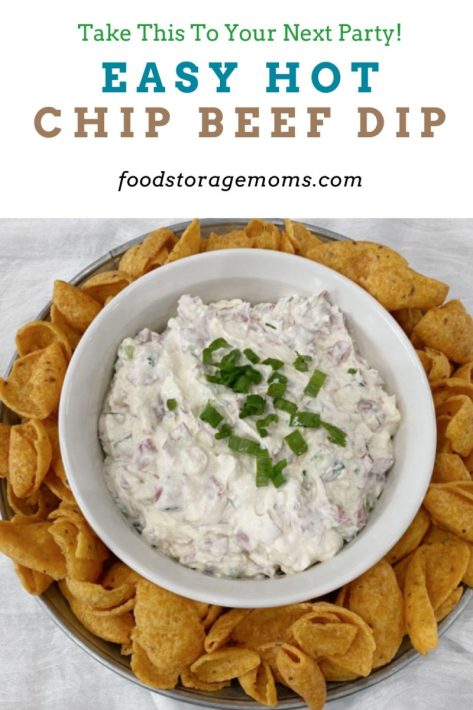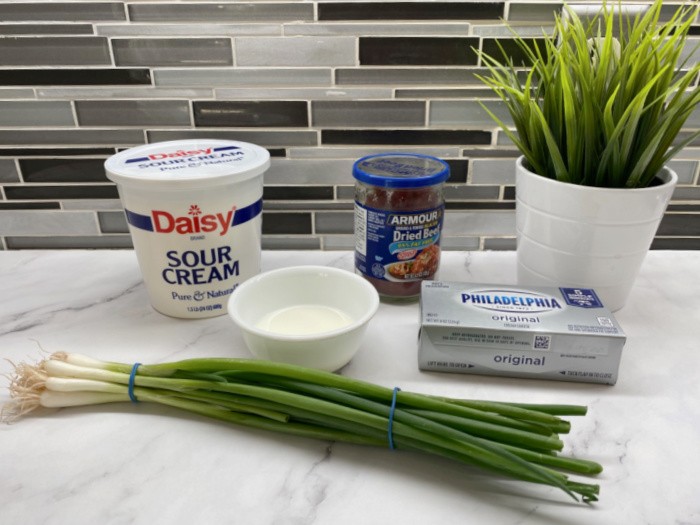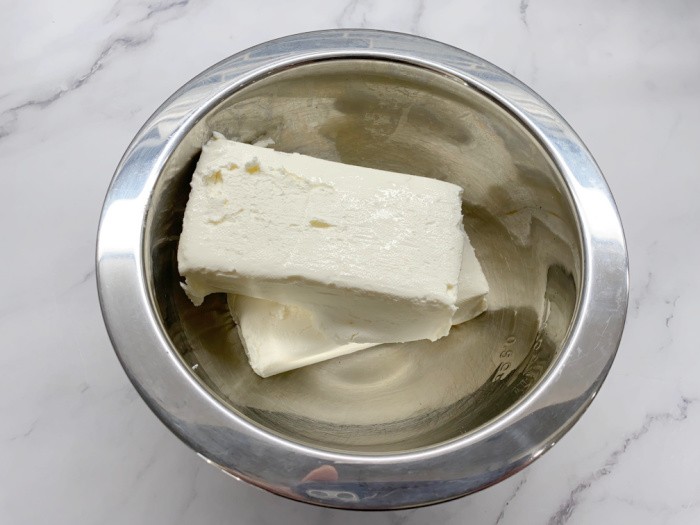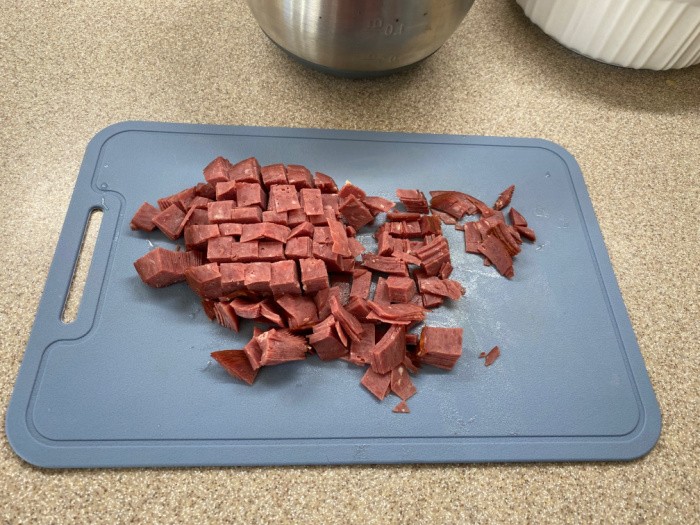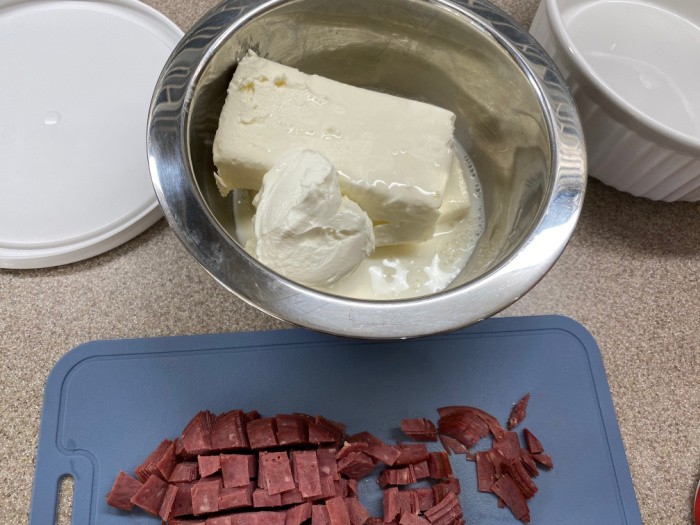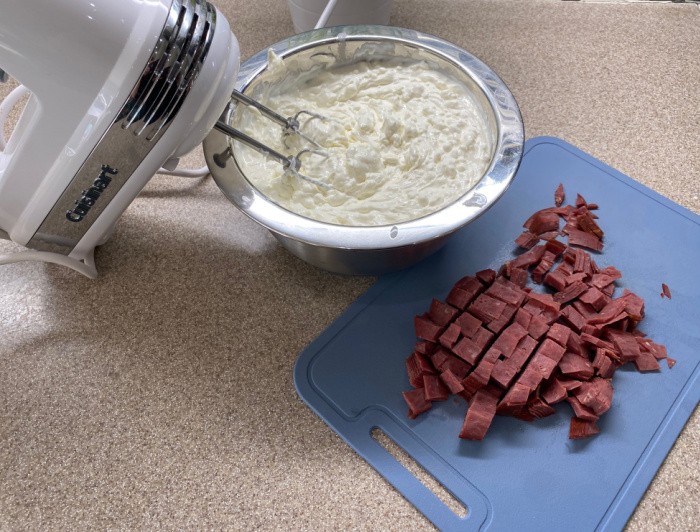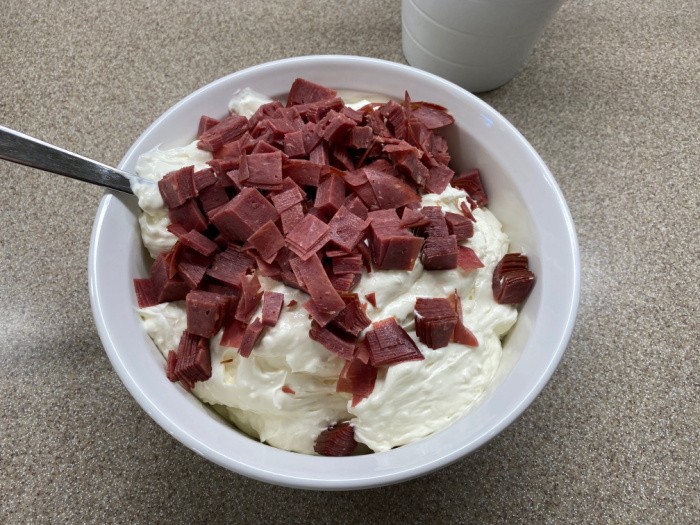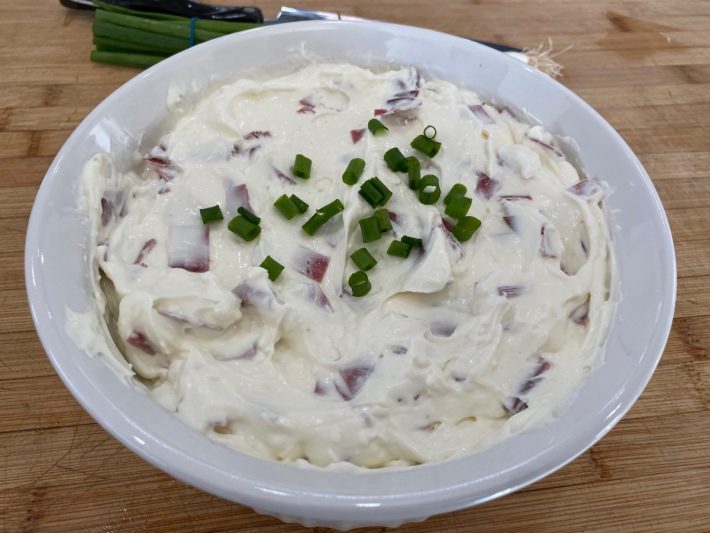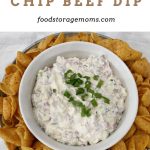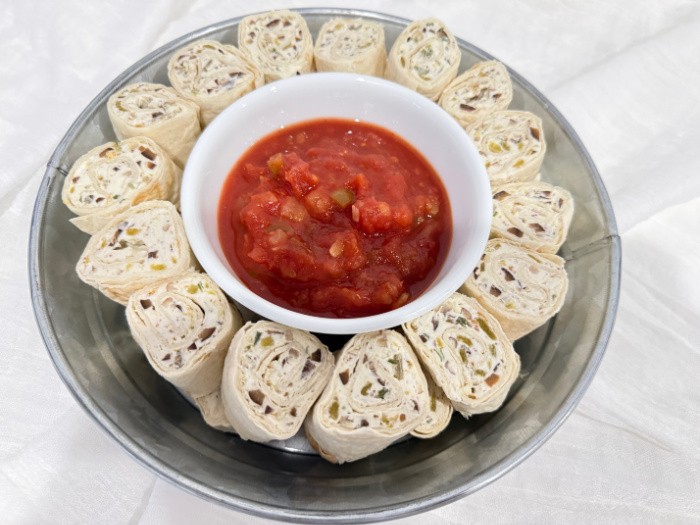
If you’re looking for a simple, crowd-pleasing appetizer that comes together in minutes, Easy-To-Make Cream Cheese Roll-Ups are a must-have in your recipe box. These bite-sized favorites are creamy, flavorful, and endlessly customizable; perfect for parties, potlucks, game days, or even an easy snack at home. Best of all, they look impressive with minimal effort, making them ideal for busy hosts who still want to serve something special.
Why Cream Cheese Roll-Ups Are Always a Hit
Cream cheese roll-ups have stood the test of time because they strike the perfect balance between rich, smooth texture and bold, savory flavors. Soft tortillas or wraps provide a neutral base, while seasoned cream cheese brings everything together. Add-ins like vegetables, meats, herbs, or spices can be adjusted to suit any taste, from classic and comforting to fresh and modern.
Another reason these roll-ups are so popular is their make-ahead convenience. They can be prepared hours in advance, chilled, and sliced just before serving, saving valuable time when entertaining. That’s what I did with my roll-ups in anticipation of our family gathering together over the weekend.
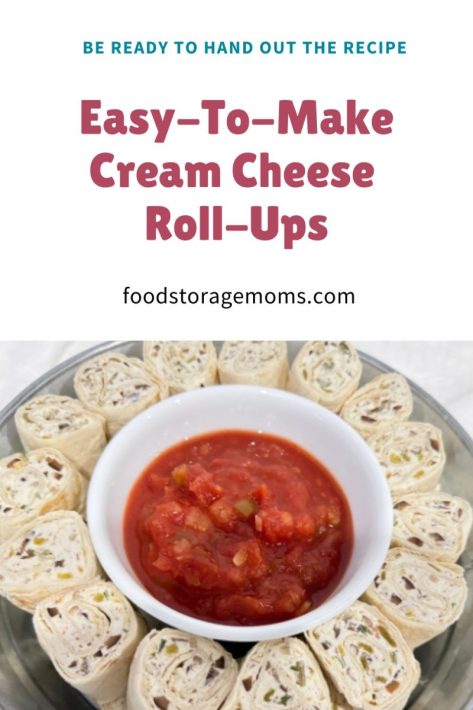
Perfect for Any Occasion
These easy cream cheese roll-ups fit effortlessly into almost any menu. Serve them as:
- A quick appetizer for casual gatherings
- A light snack for afternoon cravings
- A party platter addition for holidays and celebrations
- A no-fuss option for picnics and potlucks
Because they’re served cold or at room temperature, they travel well and hold their shape beautifully on serving trays.
Endless Flavor Possibilities
One of the best things about cream cheese roll-ups is their versatility. They can be mild and kid-friendly or bold and savory for adult palates. Whether you prefer classic flavors, a touch of spice, or a fresh, herby finish, these roll-ups adapt easily to suit your taste. This flexibility makes them a go-to appetizer when you need something dependable yet customizable.
Presentation Made Simple
Cream cheese roll-ups are as visually appealing as they are tasty. When sliced into pinwheels, they showcase colorful layers that instantly elevate any appetizer spread. Arrange them on a platter with fresh herbs or crisp vegetables for a polished, inviting look.
Instructions
One: Gather Ingredients
This recipe has only seven ingredients, and most of them are likely already in your pantry or refrigerator.
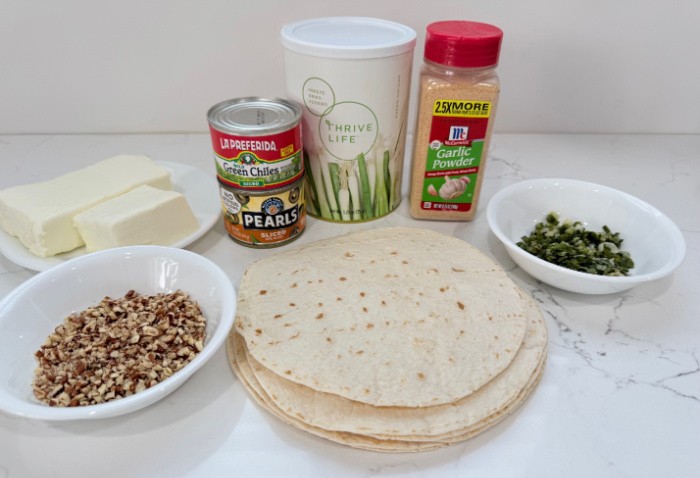
Two: Freeze-Dried Green Onions
I didn’t have fresh green onions, so I used my freeze-dried ones and rehydrated them.
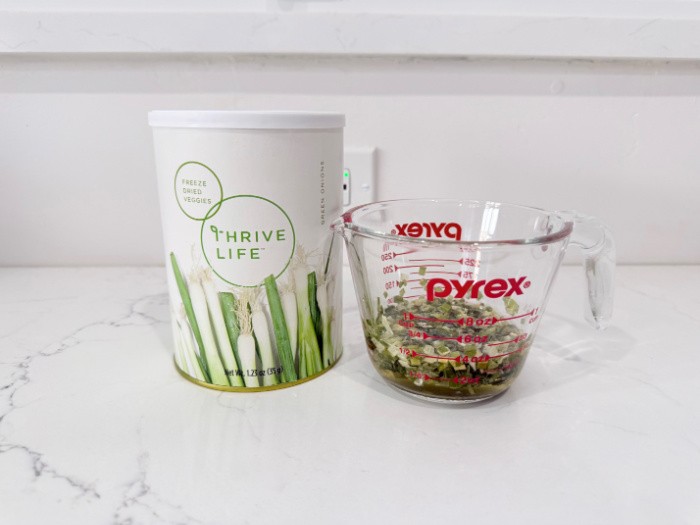
Drain the Freeze-Dried green onions after mixing them with water.
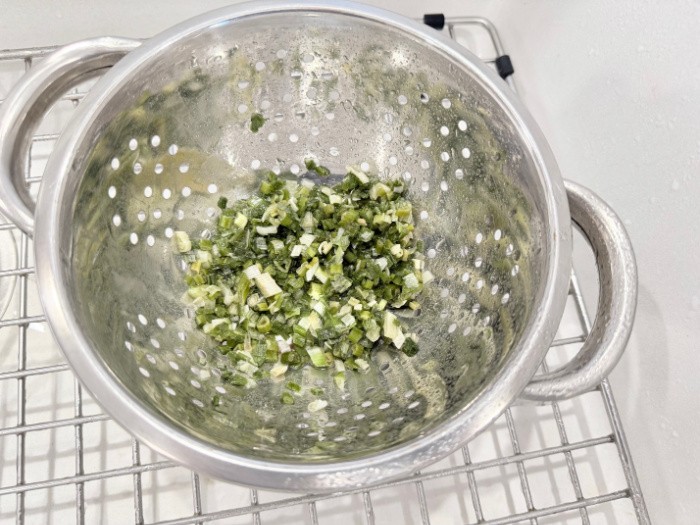
Three: Chopping Pecans
I used a vegetable chopper to chop the pecans as finely as possible.
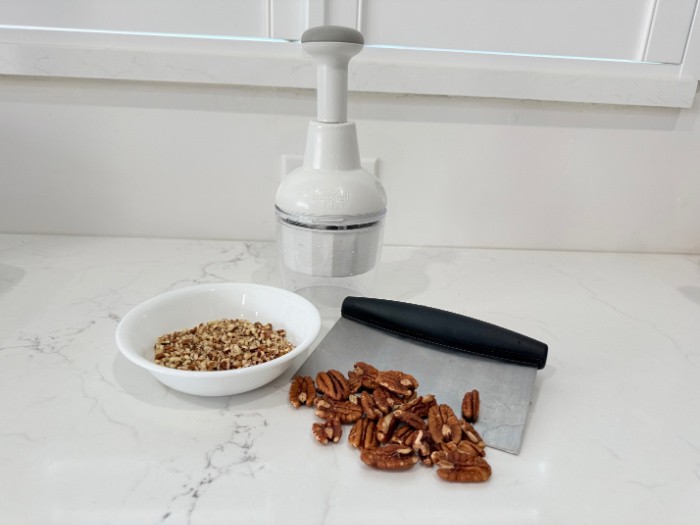
Four: Combine Cream Cheese, Green Onions, Garlic, Olives, & Pecans
Combine the cream cheese, green onions, chilies, garlic or garlic powder, olives, and pecans.
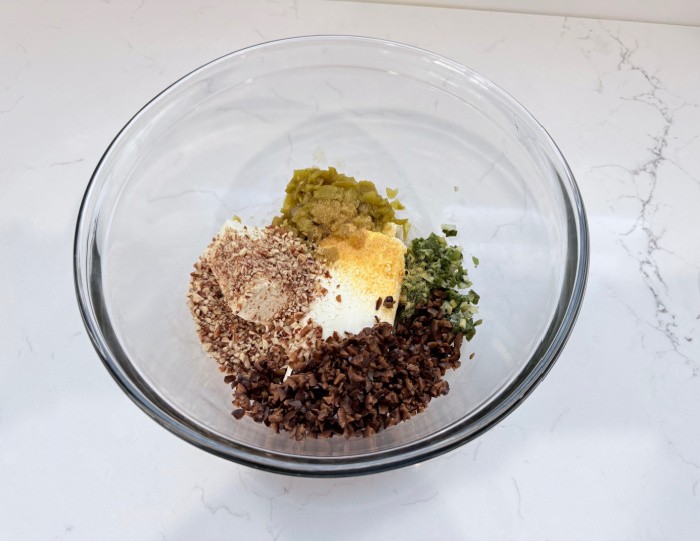
Five: Use Mixer To Combine Ingredients
I used a hand mixer to mix the ingredients thoroughly.
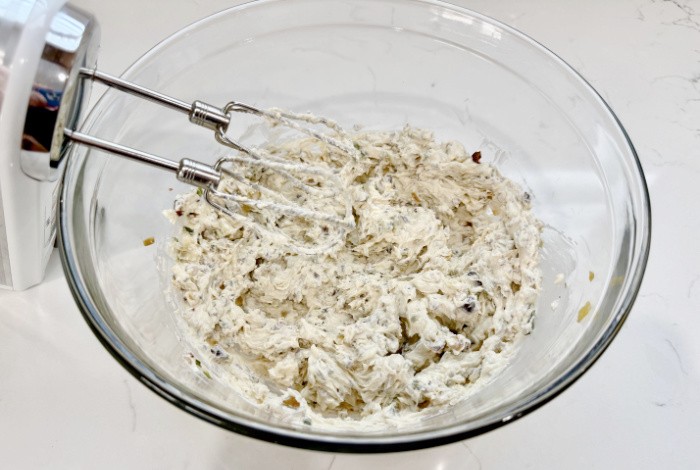
Six: Scoop the Mixture Onto Tortillas
I used a muffin scoop to put the mixture onto each tortilla.
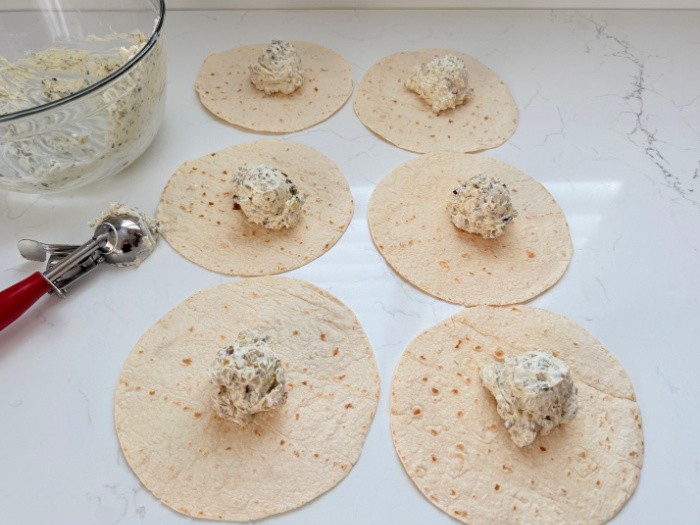
Seven: Spread the Mixture and Tightly Roll Up the Tortillas
Spread the mixture over the entire flour tortilla, and roll up tightly in plastic wrap.
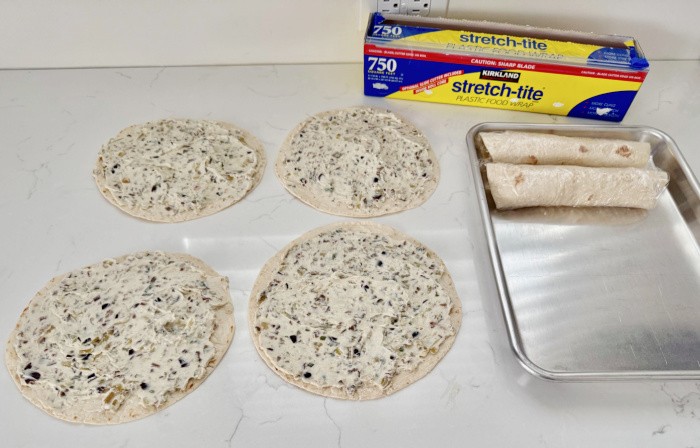
Eight: Tightly Roll & Place in Plastic Wrap
Grab some plastic wrap, roll the tortillas tightly, and place them in the refrigerator for at least 4-6 hours or overnight.
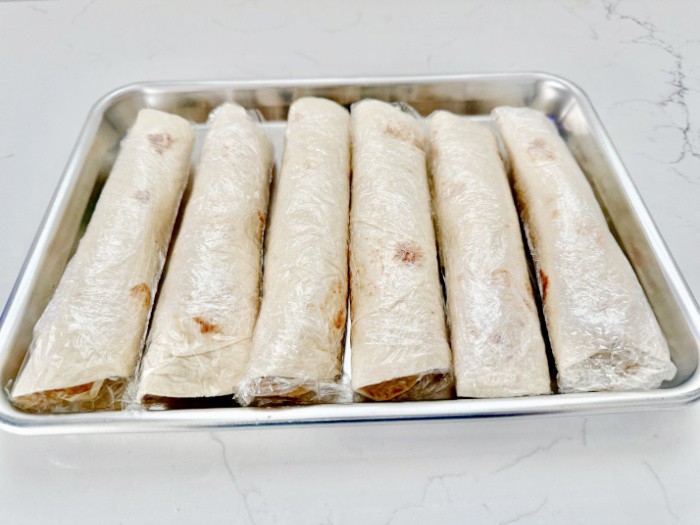
When ready to serve the roll-ups, remove the plastic wrap, slice them into the desired bite size, and place them on your serving tray.
Finished Product


Cream Cheese Roll-Ups
Ingredients
- 6 8-inch Flour Tortillas
- 12 -ounces Cream cheese (softened)
- 4 -ounces Green Chilies
- 2-3 -ounces Black Olives, chopped
- 4-5 Tablespoons Green Onions, finely chopped
- 3-4 Tablespoons Pecans, finely chopped
- 1 Clove garlic or 1/4 teaspoon garlic powder
Instructions
-
Soften the 12 ounces of cream cheese.
-
Chop the green onions.
-
Finely chop the pecans.
-
Combine the cream cheese, green onions, chilies, garlic or garlic powder, olives, and pecans.
-
I used a hand mixer to mix the ingredients until completely smooth.
-
I used a muffin scoop to put the mixture onto each tortilla.
-
Spread the mixture over the entire flour tortilla, and roll up tightly in plastic wrap.
-
Grab some plastic wrap, roll the tortillas tightly, and place them in the refrigerator for at least 4-6 hours or overnight.
-
Slice the tortillas about 1-1/4 inch thick. Serve with Ranch Dressing or Salsa.
-
Keep any uneaten roll-ups in the refrigerator. They will keep for about 3-4 days in the refrigerator.
Cream Cheese Roll-Ups Ingredients
Flour Tortillas
Flour tortillas form the foundation of cream cheese roll-ups, providing structure while remaining soft and flexible. Their mild flavor allows the filling to shine without overpowering it. When rolled, flour tortillas hold their shape well and slice cleanly, creating neat pinwheels for presentation. Larger, burrito-size tortillas are especially useful because they offer more surface area for spreading and rolling, resulting in uniform, attractive pieces.
Cream Cheese
Cream cheese is the heart of this appetizer, delivering a smooth, rich, and slightly tangy base that binds all the ingredients together. When softened, it spreads easily and creates a creamy consistency that complements both savory and crunchy add-ins. Its neutral flavor acts as a canvas, absorbing seasonings and enhancing the taste of vegetables, nuts, and spices without competing with them.
Green Chilies
Green chilies add a gentle heat and subtle smoky flavor that brings depth to the filling without overwhelming it. Often mild and slightly tangy, they balance the richness of the cream cheese and add moisture to the mixture. Their soft texture blends seamlessly, ensuring even distribution of flavor throughout every bite.
Pecans
Pecans introduce a pleasant crunch and buttery, nutty flavor that contrasts beautifully with the creamy filling. Their natural richness adds complexity and a hint of sweetness, elevating the overall taste profile. Finely chopped pecans work best, ensuring an even texture and making each slice cohesive and easy to bite into.
Black Olives
Black olives provide a briny, savory note that enhances the overall flavor balance. Their mild saltiness pairs well with cream cheese and helps cut through its richness. When sliced or chopped, black olives add visual contrast and subtle depth, making the roll-ups more flavorful and visually appealing. My husband used a butcher knife to chop the black olives into small pieces that still allowed me to roll up each tortilla easily.
Green Onions
Green onions bring a fresh, crisp element to the roll-ups, offering a mild onion flavor without harshness. Their slight bite adds brightness and balances the richness of the cream cheese and nuts. Both the white and green parts can be used, contributing flavor and pops of color throughout the filling.
Garlic Powder or Fresh Garlic
Garlic powder adds a warm, savory undertone that enhances all the other ingredients without overpowering them. Unlike fresh garlic, garlic powder blends smoothly into the cream cheese, ensuring consistent flavor in every bite. It deepens the overall taste and gives the roll-ups a well-rounded, savory finish.
Pecans
Pecans introduce a pleasant crunch and buttery, nutty flavor that contrasts beautifully with the creamy filling. Their natural richness adds complexity and a hint of sweetness, elevating the overall taste profile. Finely chopped pecans work best, ensuring an even texture and making each slice cohesive and easy to bite into.
Ingredient Insight
Together, these ingredients create a harmonious balance of creamy, crunchy, savory, and mildly spicy flavors. Each component plays a distinct role, resulting in cream cheese roll-ups that are satisfying, flavorful, and perfect for any gathering.
Final Word
Easy-To-Make Cream Cheese Roll-Ups prove that simple ingredients and minimal prep can still deliver big flavor. They’re reliable, adaptable, and always well-received—everything you want in an easy appetizer. Whether you’re hosting a holiday gathering or need a last-minute dish, these creamy roll-ups deserve a regular spot on your entertaining menu. May God Bless this World, Linda
The post Easy-To-Make Cream Cheese Roll-Ups appeared first on Food Storage Moms.
from Food Storage Moms


